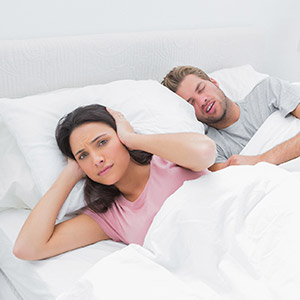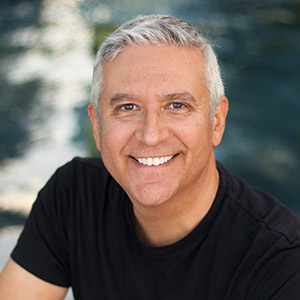Comfort with Laser Therapy
Laser therapy in dentistry can provide patients with a more comfortable dental treatment experience. Using laser dentistry, your dentist is able to deliver a precise treatment that is more comfortable, quicker, and provides more stunning results.
Benefits of Laser Therapy
There are several benefits to receiving laser therapy dental treatment.
- Many laser treatments do not require anesthesia, and the recovery time is much quicker than with traditional treatment methods.
- Treatments are more comfortable.
- There is less potential chance of bacterial infection because laser treatments are so precise.
What can lasers do?
When it comes to dentistry, there really is no shortage of benefits that come from using lasers and the science behind it is quite strong as well. For instance, hygienists can use lasers for a variety of treatments. Let’s take a look at some possible uses below.
Lesions
Lesions in the mouth are quite common. For instance, herpetic ulcers, also known as cold sores, along with aphthous ulcers, also known as canker sores, etc., are all rather common lesions that patients often report when coming to see their dentist.
Lasers can help to treat these lesions by effectively inactivating the lesion to facilitate a more effective and efficient healing process. Once a cold sore is effectively treated multiple times, research shows that lasers can actually help to reduce the recurrence of cold sores.
Desensitizing Teeth
Another important benefit that comes along with diode laser procedures is that they can be used to desensitize teeth. We are always hearing from our patients and working with them to find solutions for sensitive teeth, and we’ve found that diode laser procedures work wonders.
Lasers function by changing the fluid in the dentinal tubule. The cold/hot stimuli first encounter the outer recession on your teeth where the dentinal tubule starts. The fluid in the dentinal tubule carries that stimulus to the nerve quite quickly which can give patients that needle-like “ouch” feeling. Lasers help to make the fluid that flows in these dentinal tubules more viscous or gel-like. With more viscosity, that fluid is less likely to flow back and forth so easily, ultimately reducing tooth sensitivity.
Laser Bacterial Reduction
A huge bonus with lasers is their ability to target and reduce bacteria – and Laser Bacterial Reduction is a specific procedure designed to do exactly that. This simple, painless, and effective procedure is done prior to the teeth cleaning and relies on high-powered lasers to target and reduce bacteria in your mouth. During the ultrasonic and scaling process, bacteria can enter the bloodstream via blood vessels surrounding the teeth and travel throughout the body, contributing to other infections, especially in medically compromised patients.
Helping to decontaminate the sulcus prior to the teeth cleaning reduces the risk of bacteremia or bacteria in the bloodstream.
On any given day, the bacteria count in our mouths likely reaches the billions. With LBR, you can drop that number from the billions down to several hundred, and then sustain that number for up to 6 weeks in-between regularly scheduled teeth cleanings.
LD – LASER DECONTAMINATION
LD, also known as Laser Decontamination, is a process similar to Laser Bacterial Reduction in that it is designed to reduce bacteria in your mouth. LD is sometimes referred to as LAPT – laser-assisted periodontal therapy.
Just as conventional root debridement removes biofilm from hard tooth surfaces, laser decontamination also removes biofilm as well – but in the necrotic tissue of the pocket wall.
Dental hygienists typically use extremely low settings which allows the laser to interact with the darker-diseased pigmented bacteria and leave the healthier, pink-colored tissue alone. This procedure is typically performed on diseased deeper pockets.
Along with decontaminating these deeper pockets, the laser also stimulates fibroblasts and collagen fibers that will help to strengthen the fibers surrounding the teeth resulting in healthier, more manageable gum pockets.
PHOTOBIOMODULATION
Lastly, Photobiomodulation, also known as PBM, is another important procedure that utilizes lasers to relieve pain, reduce inflammation, and accelerate the healing process. We mentioned earlier that lasers are being used by hygienists and dentists to treat lesions – and PBM works by the same process. It is becoming increasingly popular for patients who have recently undergone an extraction, oral surgery, or for those with oral wounds that require healing.
PBM can actually be used for rapid wound healing, along with pain relief, increased collagen growth, and to treat inflammation. How? Well, PBM works to increase the production of collagen, along with enzyme activity, micro-and lymph-circulation, and fibroblast proliferation to decrease local hypoxia, inflammation, and pain.
The powerful lights used in certain laser technology help to stimulate tissue and help it heal faster, while also reducing swelling. It can even help with TMJ pain, nausea, gag reflex, dry mouth, and so much more.


Contact Us About Laser Treatment
To learn more about laser dentistry and how you may benefit from a laser treatment, please contact our practice and schedule an appointment.










